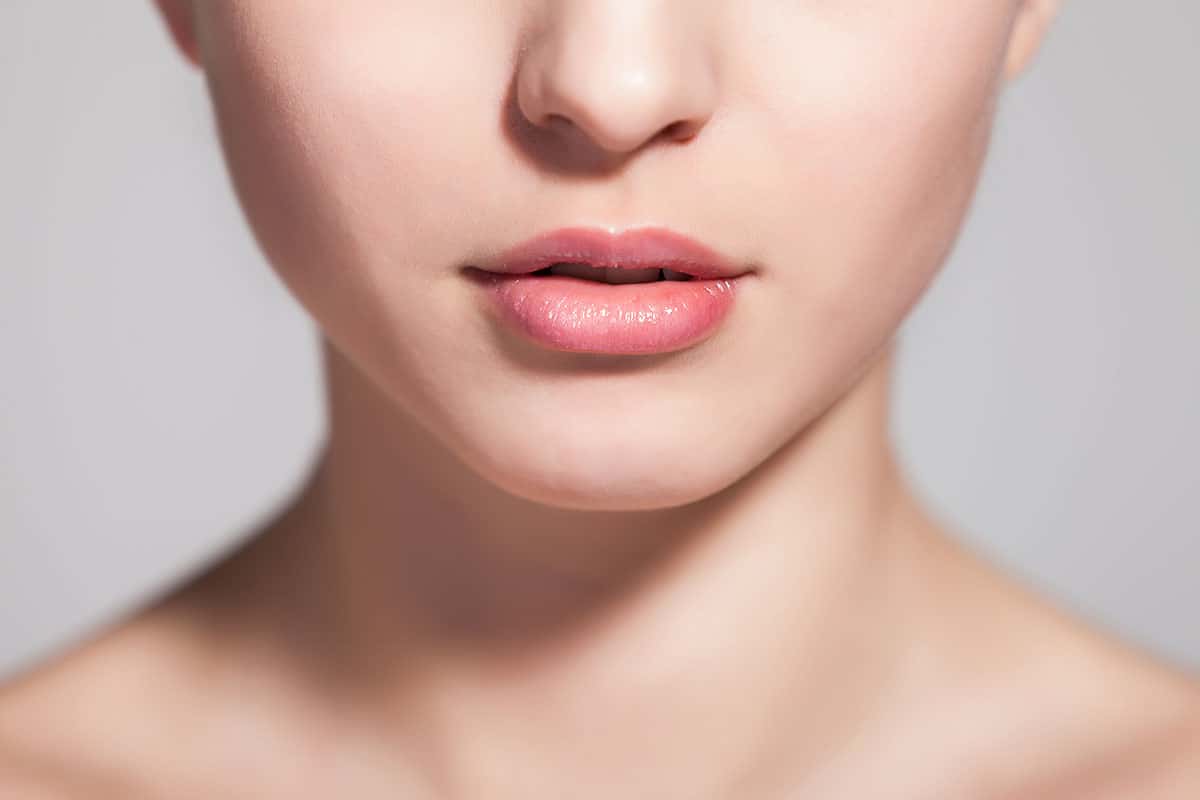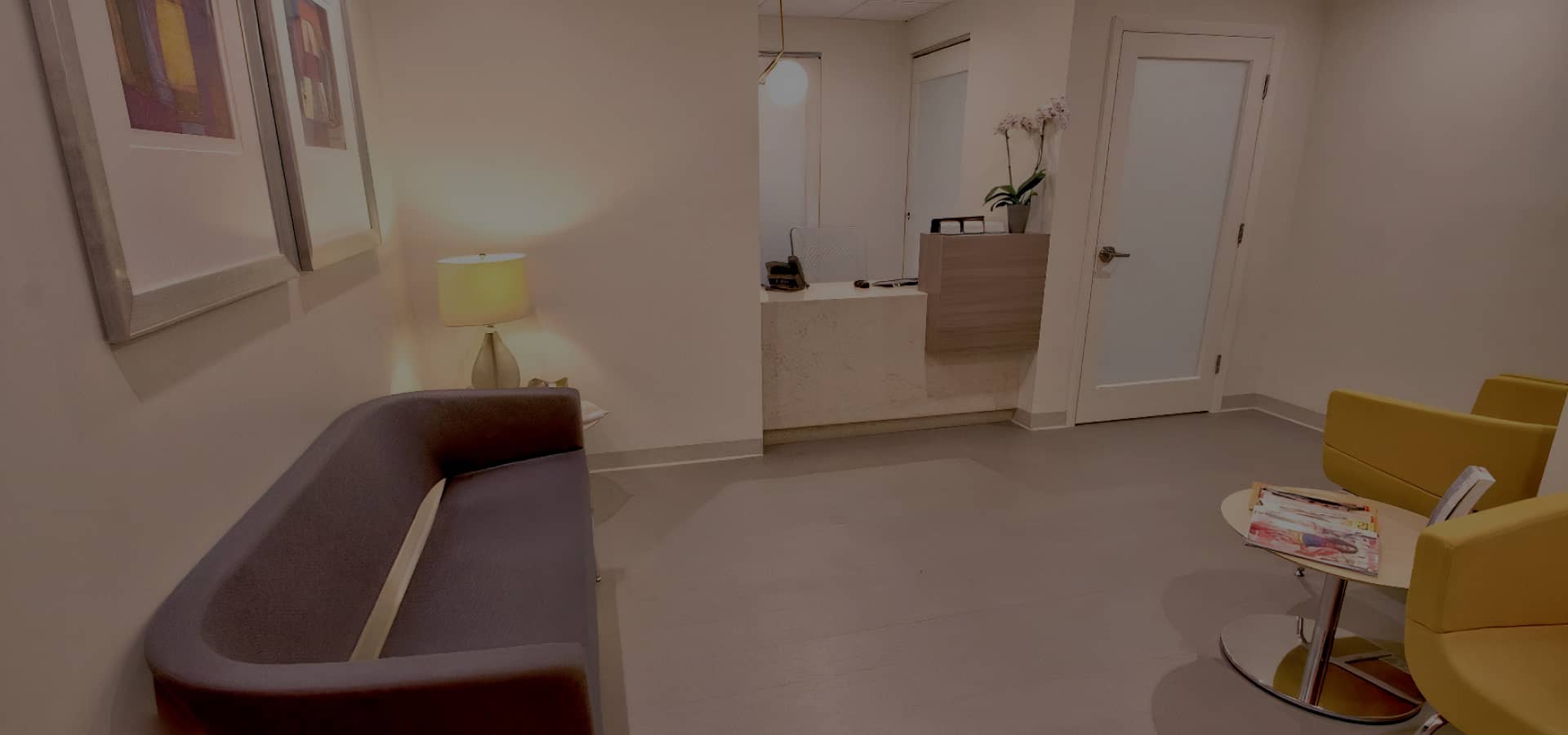Botox is widely used to help individuals keep a youthful look, especially around the lower face. Here, you’ll learn essential methods and advice on using Botox to target areas such as your jawline and chin.
With insights from Dr. Anthony Bared, a specialist in facial appearance, we will guide you through the process, including the first consultation and aftercare. Our goal is to help you achieve optimal results for a refreshed and younger-looking lower face.
Refresh Your Lower Face with Botox
- Botox injections can reduce the appearance of wrinkles and sagging on the lower face by relaxing targeted muscles.
- Proper injection techniques are crucial for achieving natural-looking results and preventing complications.
- Personalized Botox treatment plans should be developed in consultation with a qualified professional to meet individual aesthetic goals.
- Post-procedure care, including avoiding certain activities and following aftercare instructions, enhances Botox’s effectiveness and longevity.
- Regular maintenance treatments are necessary to sustain a youthful lower-face appearance with Botox.
Understanding the Role of Botox in Lower Face Rejuvenation
Skin naturally changes as we age, often leading to jowls, a symptom of volume loss, and a reduction in elasticity that results in loose skin. The muscle movements behind our expressions can create permanent lines, particularly around the mouth and chin, contributing to an aged appearance.
Botox works by relaxing targeted muscle activity to smooth the appearance of wrinkles and refresh the lower face. This treatment:
- Halts nerve signals to muscles to prevent contraction
- Smooths the skin, lessening wrinkles
- Lifts the corners of the mouth, enhancing the smile
- May tighten the platysma muscles, affecting loose skin
This method helps offset aging changes, especially in the skin and muscles, to support a revitalized smile and an overall more youthful appearance.
Step 1: Identifying the Target Areas
Custom treatment plans often begin with a careful examination of the lower face to pinpoint signs of aging, such as marionette lines and sagging. This precise focus ensures an effective rejuvenation strategy.
Muscle anatomy is key to maintaining a youthful appearance. Two critical muscles, the platysma and masseter, play a role in the lower face’s structure and aesthetics:
- Platysma muscles extend from the chin to the collarbone, influencing the neck and jawline’s smoothness.
- Masseter muscles at the jaw’s angle affect the overall facial definition.
Custom treatment plans address these muscles to enhance the lower face’s youthful appearance. By improving muscular conditions, results include finer lines and a refined contour.
Step 2: Consulting with a Qualified Professional
Choosing a practitioner for aesthetic treatments like Botox requires careful consideration. Look for an experienced practitioner who maintains proper certification and has a history of positive patient feedback. Key factors include:
- Certification and licensing
- Experience with Botox injections
- Positive patient recommendations
Before your appointment, prepare a list of your cosmetic concerns. This will help address them thoroughly. During the consultation, it’s important to:
- Discuss if Botox can achieve your desired look.
- Understand potential side effects and their management.
- Learn how the practitioner personalizes the injectable treatment.
Good communication with your practitioner is essential for a safe and satisfying outcome.
Step 3: Designing Your Botox Treatment Plan
Developing a dose treatment plan involves analyzing facial muscle anatomy, as individual structures require a custom approach. The provider will study your features and identify muscles that show signs of aging, aiming for precise Botox injections.
Selecting the appropriate Botox dosage and specific injection sites is important for maintaining natural facial expressions while meeting aesthetic goals. In an advanced botulinum toxin treatment, balancing the units across the target areas is key to reaching desired results.
- Muscles of the lower face are mapped for targeted improvements.
- Units are determined for noticeable yet natural results.
- Carefully placed Botox injections aim to enhance facial contours.
Detailed planning ensures that the treatment reflects your expectations, giving you a revitalized look.
Muscle anatomy differs from person to person, influencing the number of units required for effective treatment. This personalized attention to muscle anatomy focuses on delivering the right amount of units where you need them most. By doing so, the treatment leverages advanced botulinum toxin techniques for the best results.
Step 4: Preparing for the Botox Procedure
Before your Botox procedure, it’s essential to follow specific steps:
- Understand what the procedure involves.
- Talk with your provider about any concerns.
- Share all your current medications to prevent unwanted interactions.
To lessen common side effects:
- Don’t drink alcohol 24 hours prior.
- Avoid medicines that thin the blood.
- Keep upright for a few hours after the injection.
This preparation helps reduce swelling and bruising.
Recognizing the potential risks and knowing what to expect from the cosmetic treatment is crucial. Discuss with your provider:
- How long the visible effects should last.
- The expected treatment time, including any recovery.
- What to do if you experience unexpected side effects.
Being well-informed is key, as individual results may vary, and normal side effects like slight redness or discomfort at the injection site are typically brief.
Step 5: The Botox Injection Process
The Botox injection session is typically quick, often completed within 10 to 15 minutes. A professional will first clean the skin area. When the injections are administered, you’ll experience a momentary pinch that dissipates quickly, aiming for an improved appearance.
Injectors use botulinum toxin treatment techniques and consider facial structure to enhance your natural appearance. This tailored approach ensures the results are noticeable yet refined.
- Treatment time: often ranges from 10 to 15 minutes, fitting easily into your schedule.
- Injection process: carried out with cleanliness and precision.
- Correct injection sites: identified for effective results, and improving appearance.
- After the session, the impact on your skin is minimal, leading to a more improved appearance.
This procedure combines expert knowledge with an individualized strategy to support your appearance goals effectively.
Step 6: Aftercare and Managing Expectations
Post-Treatment Care
In the days after treatment, adhere to these guidelines:
- Do not touch or apply pressure to the treated areas for at least four hours to prevent the migration of the product.
- Stay upright for several hours after treatment for proper settling.
- Avoid intense physical activity for 24 hours to reduce swelling and bruising.
Sustaining Results
For long-term youthfulness:
- Book maintenance appointments every 3-4 months to preserve the effects.
- Promptly attend an appointment for any unusual effects.
- Follow a skincare routine to prolong treatment time benefits.
Enhancing Results: Skincare and Lifestyle Tips
To foster a youthful appearance and maximize the benefits of treatment like Botox, integrating advanced treatments into your skincare routine is essential. Products containing retinoids, peptides, and antioxidants can help improve skin resilience and complement aesthetic treatments.
Adopting healthy lifestyle habits is also crucial in preserving non-surgical cosmetic treatments’ effects. Protect your skin against sun damage, maintain proper hydration, and ensure a nutritious diet. Additionally, regular physical activity can improve circulation, supporting a vibrant smile and overall facial look.
Pairing Botox with dermal fillers like Juvéderm Voluma or Ultra can further refine your aesthetic results. These treatments synergize to enhance a youthful smile and skin quality.
- Protect skin from sun damage
- Stay hydrated and eat healthily
- Exercise regularly
- Combine JUVÉDERM with Botox for optimal results
Precautions for Lower Face Botox
Identifying Common Side Effects
Be aware of common side effects after lower face Botox injections. These might include:
- Swelling or bruising at injection sites (common side effects)
- Discomfort
- Muscle weakness near the area (common side effects)
If these common side effects don’t improve, it could suggest an accidental treatment error.
When to Seek Medical Help
Although Botox as an aesthetic treatment is safe, seek medical treatment if you experience:
- Trouble with speaking or swallowing
- Uneven facial movements
- Severe muscle weakness (common side effects)
Immediate attention is important with any nasty side effects. For any concerns after cosmetic injections, professional advice is crucial.
Steps to a Rejuvenated Lower Face with Botox
Rejuvenating the lower face and improving your smile with Botox involves:
- Assessment: A detailed analysis of your facial structure to understand the muscle dynamics and your goals for a youthful appearance.
- Planning: Developing a personalized treatment plan that targets specific muscles in the lower face.
- Execution: Carefully applying Botox to relax muscles, aiming for a refreshed smile and healthy appearance.
- Follow-Up: Observing the effects and making adjustments if needed to ensure the best results.
Each step is crucial in the process, ensuring precision, subtle effects, and a harmonized cosmetic appearance.
For expert guidance on using Botox to rejuvenate your lower face, consider scheduling a consultation with Dr. Anthony Bared. His extensive training, board certifications, and experience in facial plastic surgery make him a reliable choice for your aesthetic needs.
Should you wish to discuss the benefits of Botox and other facial procedures, reach out to Dr. Bared’s practice. Your consultation is an opportunity to explore tailored treatment options and gain insight from one of Miami’s esteemed facial plastic surgeons.


